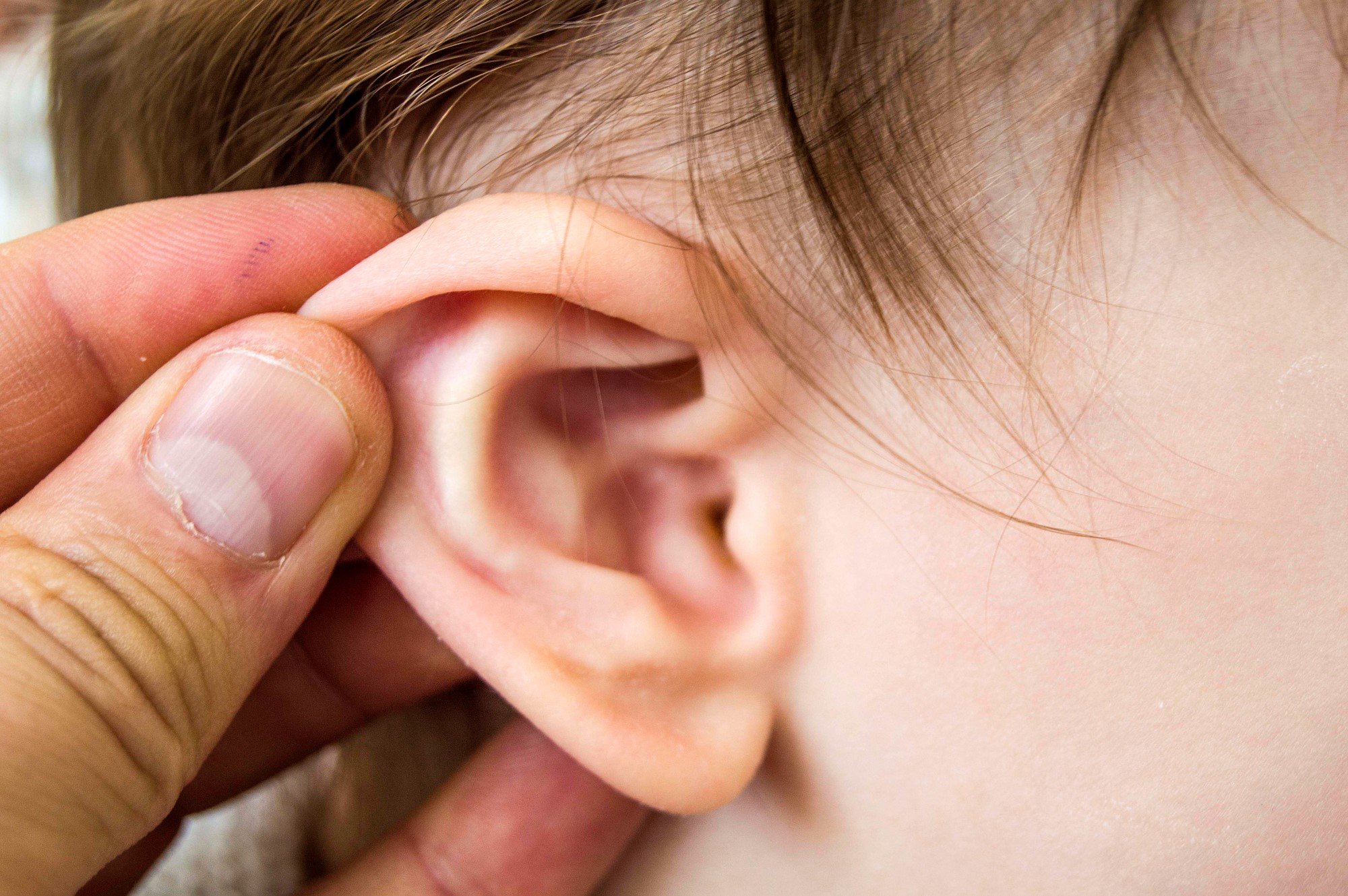Ear Infections – a question of ideal management
Acute ear infections (Acute Otitis Media/AOM) are infections affecting the middle of ear, and are very common in children.
In fact, many of these cases will occur in babies, with the peak age being between 6 and 13 months. The occurrence of AOM decreases with age, and by 6 years of age, AOM is relatively uncommon in healthy children.
Acute otitis media (AOM) accounts for about 1/3 visit to medical doctors for children and about 40% of all antibiotic use in children. By the age of 2 years, 70% of children have experienced at least one episode of AOM, and approximately 20% of children have suffered four or more attacks of AOM.
Fifty percent of children will have an effusion that persists for a month after an episode of AOM, but 90% of the effusions will resolve without treatment within 3 months.
Antibiotic resistance, with the creation of super bugs, is currently a big medical issue.
Risk factors that increase the risk of AOM in children include:
- living with or being around those who smoke
- smoking during pregnancy
- daycare attendance
- presence of allergies
Risk or AOM is decreased in children:
- who are breastfed
The microbes responsible for the infection may be viral or bacterial. In viral AOM, antibiotics would not be indicated. Some research suggests up to two-thirds of cases can involve both bacterial and viral causes.
Viruses can increase middle ear inflammation, decrease the function of neutrophils and reduce antibiotic penetration into the middle ear.
Many ear infections begin with an acute upper respiratory tract infection (URTI), such as the common cold (viral). Some medical opinion suggests the best strategy to prevent AOM is to prevent upper respiratory infection.
AOM coincides with viral URTI and seasonal incidences of viral infections and the highest incidence of AOM is observed on day 3 after the onset of upper respiratory infection, and the median day for diagnosing AOM was day 4.
Understanding the role or viruses and bacteria, and a child’s ability to resist infection, can make a big difference to management.
Correct diagnosis is essential in the management or AOM. Diagnosis or management based on symptoms is inadequate.
When examining for AOM, the practitioner required a device (otoscope), with a small pump in the side, which blow air into the outer canal. We have this device at OptiStart Chiropractic, allowing a higher rate of accurate diagnosis.
Typical peer review medical advice for management of AOM includes…
- An accurate diagnosis of AOM should be made.
- A treatment for pain is recommended
- Observation without use on antibiotics is an option in the first 48-72 hours.
- If the patient fails to respond, the patient should be reassessed.
- Prevention of risk factors is encouraged
A red tympanic membrane should not be used as a criterion for antibiotics, because it has a poor predictive value for AOM.
More specific and tailored information can be obtained at your next visit with your child.
References – available on request




